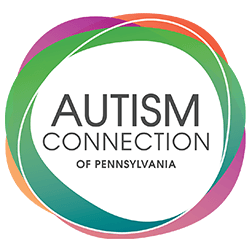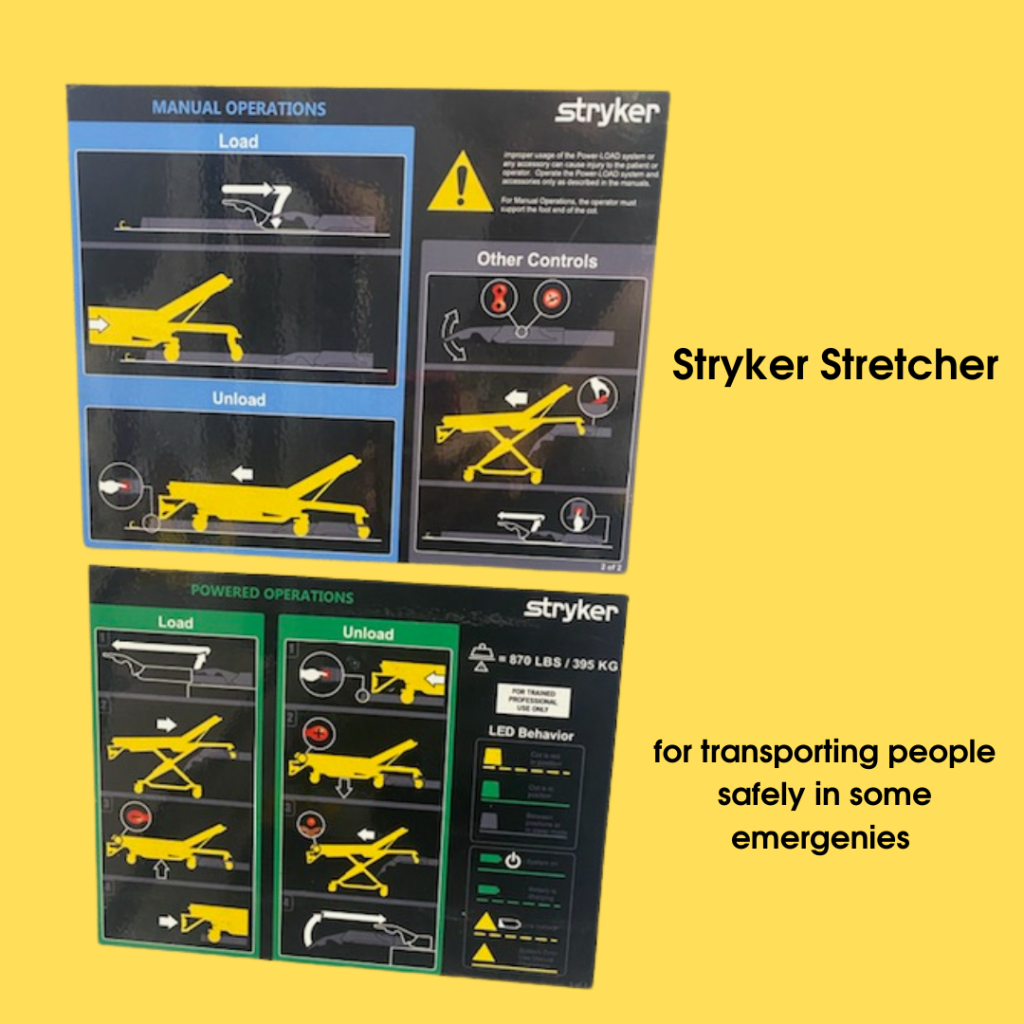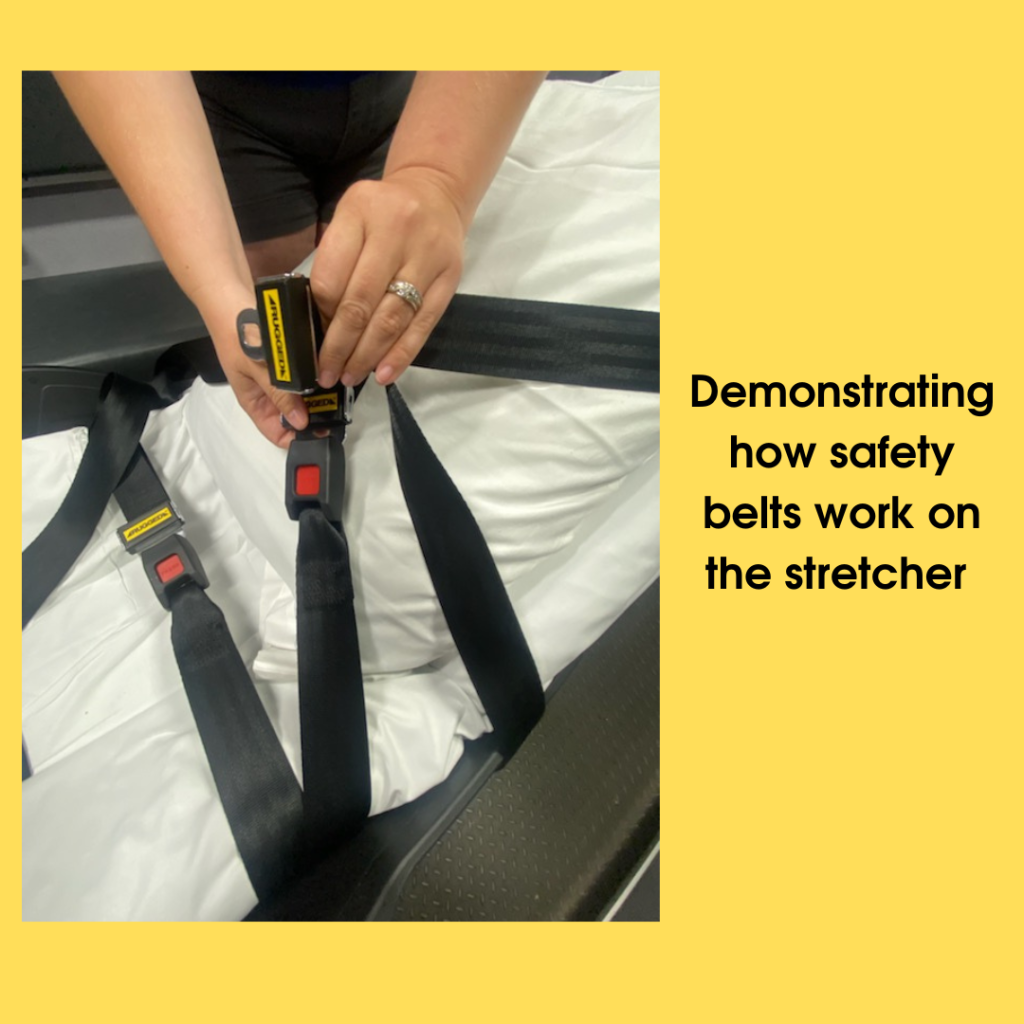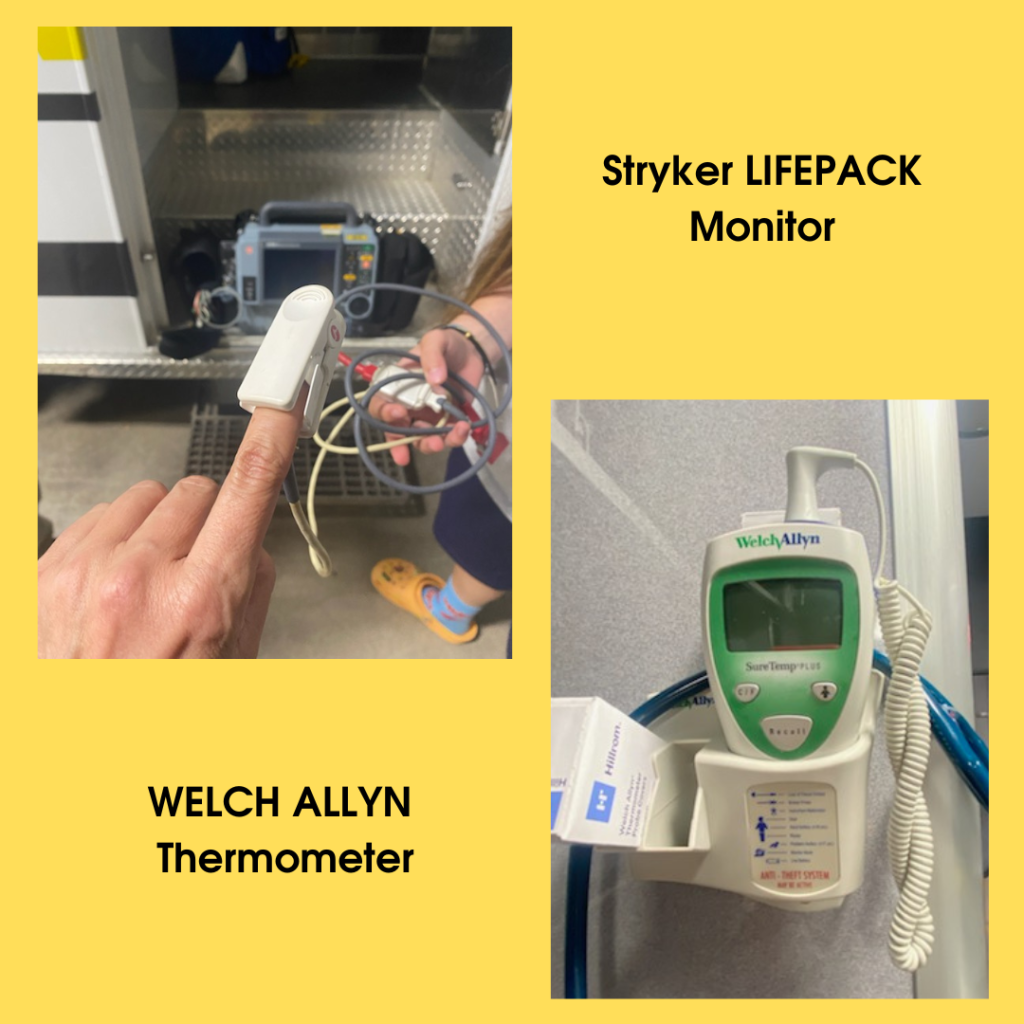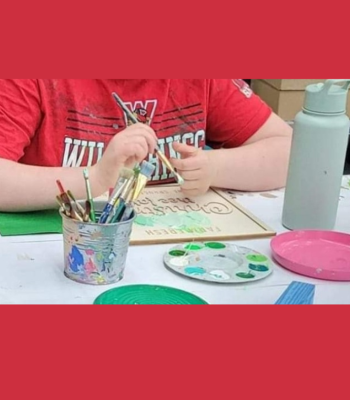IGIA Movement for Health is well known in Pittsburgh, Pennsylvania for its innovative approach that incorporates various somatic practices like yoga, meditation, Hanna Somatics®, and dance to tap into the power of internal movement, stimulate new neural pathways, and improve the mind’s regulation of posture and emotions.
For the autism community, sensory overload and difficulty with interoception can interfere with the ability to recognize and manage emotions, so Autism Connection of PA was ecstatic to be invited to host IGIA Movement for Health for three pilot movement workshops. Three Rivers Community Care is also hosting a class on August 12th.
Care practitioner and IGIA Co-founder, Gia Cacalano, leads the Master Classes, taking cues from attendees to form her approach. IGIA movement practices can be done both seated and standing, they’re accessible, and no two classes are exactly alike. Co-founder and CEO, Harris Farris quietly participated in the first pilot class along with a small group. One autistic participant shares her experience with the class, and encourages others to attend.
Experiencing IGIA for Movement Master Class
I honestly didn’t know exactly what to expect, which can be a great source of anxiety. It was hot outside, and even though it was only 10:15 in the morning, I was already feeling overwhelmed with sensory overload. At least I think that’s what it was. Sometimes it can be difficult to identify what is going on with me, both physically and emotionally. I also realized that I had lost track of time and was running late.
The room was open and large with soft lighting. The instructor, Gia, was welcoming, the number of people in the class was small, and I had a great sense that I could just be myself. Gia explained that there is no wrong way to do the movements, and described how each movement affects the body.
- Relaxes the nervous system
- Spatial awareness in the environment
- Internal spatial awareness – how I moved and how those movements related to how I was feeling
- Observational rather than judgmental – no worries about being right or wrong, just noticing
- Feeling less self-conscious – less resistance to trying something new
- Sense of calm
Video: Harris Ferris demonstrates some simple movements
I recognized some of the movements and I thought, “Hey! These stem from stims!” Self stimulatory behaviors (or self-regulating behaviors) often serve a purpose, and I was perfectly happy to do some hand flapping that transformed into more delicate movements. It turns out that flapping and jumping ignites the lymphatic system, and can improve the immune system.
Visual stims were also weaved into the movements. We worked on eye tracking along with slow, intentional head movements that seemed to broaden my peripheral sight. I was able to take in the entire room visually rather than focusing on specific elements.
“Rocking is a controlled fall,” the instructor said. This statement stuck with me because I usually fight the urge to rock back and forth to calm myself. The slow, intentional rocking movements were among my favorites, and it was especially helpful to know that we were working on balance along with body awareness.
Time passed quickly in the movement class, and even though there was no rigid structure, the instructor came full circle and this helped me recognize that the session was coming to a close soon. We began and ended with foot movements, gradually rocking to a standing position.
I felt grounded and calm after the session, and I continued to notice when my muscles (especially in the shoulders) were getting tight throughout the rest of the day. I can see how practices from the movement class could help me regulate emotions after sensory overload, or when I struggle with interoception (during times when I feel disconnected from what I’m feeling, whether an emotion or hunger, fatigue or thirst).
This was the first of three sessions, and they are off to a great start.
Gia notes that “even simply being present in the room–just observing and breathing–changes the dynamic. Even if someone showed up and just focused on breathing, that would be a complete session.”
If you want to learn more about IGIA for Movement Master Class, please visit IGIA Movement for Health.
To participate in upcoming classes August 10th and 12th register here.
